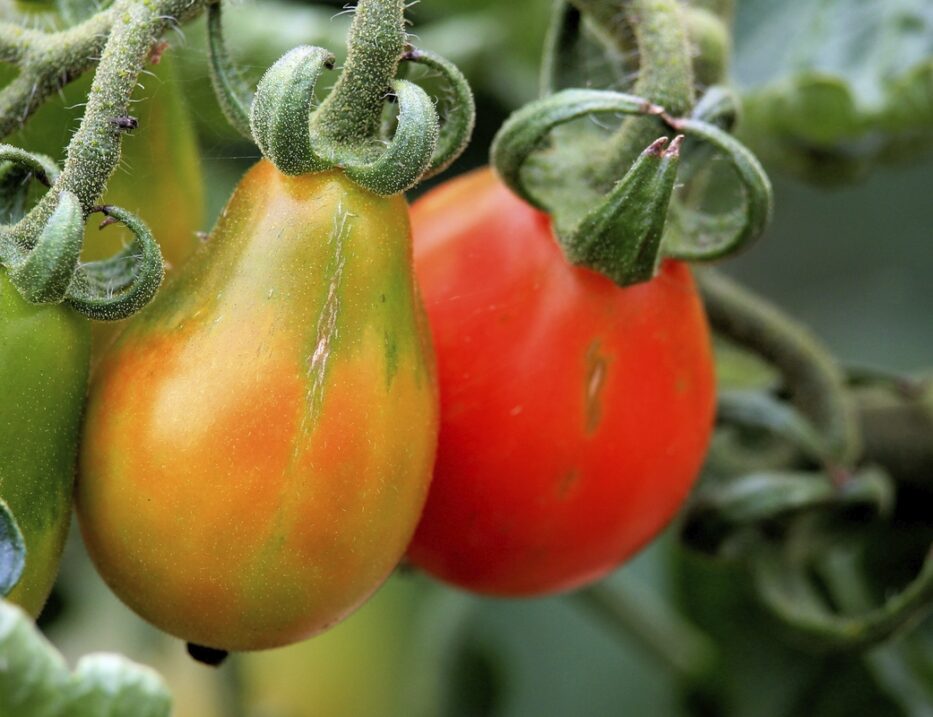Growing Peppers Indoors – Guidelines & Tips
Harvesting the joy of homegrown peppers can have benefits for the gardening enthusiast who lives in a colder climate or those who would like to stretch the growing season year-round. Peppers can be successfully grown indoors with the right environment, temperature, and care. Here are some guidelines and tips for growing peppers indoors.
Getting Started
You’ll want to start with a variety of pepper seeds that is known to grow well indoors, such as bell peppers, jalapeño peppers, or habanero peppers. You’ll also need to select a container for each plant. Containers should be at least 12-inches deep and 8 to 10-inches wide for proper growth. Consider adding a trellis or stake to provide your pepper plants with extra support as they reach maturity.
Optimal Conditions
Your pepper plants must be grown in a warm and sunny spot in order to be successful. A bright, south-facing windowsill is generally ideal. If you have a greenhouse, that may be even better. Room temperatures should remain consistently in the range of 65-75°F (18-24°C). Additionally, pepper plants crave light; the more the better. If natural light is not available, consider using a grow light. The goal should be 15-20 hours of light per day.
Water and Fertilizer
It is important that peppers not be subjected to overly wet or dry conditions. The soil should be kept moist, but never soggy. Water when the top inch of soil is dry and make sure to use room temperature water to avoid shocking the plants. Fertilizer can be used once every 10-14 days, but it should be of a diluted strength. Organic fertilizer is also a great choice as it can help improve the flavor of your peppers.
Harvesting
Depending on what variety of peppers you have chosen, you can expect to begin harvesting in as little as 6-9 weeks. Inspect the peppers each day and pick them when they become the appropriate size and color. Remember to wear gloves when harvesting peppers as some varieties can be quite spicy. After harvesting, peppers can be stored in the refrigerator for up to one week.
Troubleshooting
If you find that your peppers are not growing to size or seem to be limp or wilted, there are several troubleshooting steps you can take. One reason may be that peppers are sensitive to drafts. Make sure that they are not near open windows or air vents. If your indoor temperatures are too cold, consider using a heater/fan to raise the thermometer a few degrees. Nutrient deficiencies can also stunt pepper growth. The solution is to use a fertilizer that is rich in nitrogen, phosphorus, and potassium.
Conclusion
Growing peppers indoors is quite straightforward. With the right container and environmental conditions, anyone should be able to harvest a fresh crop of bell peppers, jalapeños, or other heat-loving varieties. While some challenges may arise, following the above guidelines and tips should ensure you have a successful pepper harvest, year after year.



